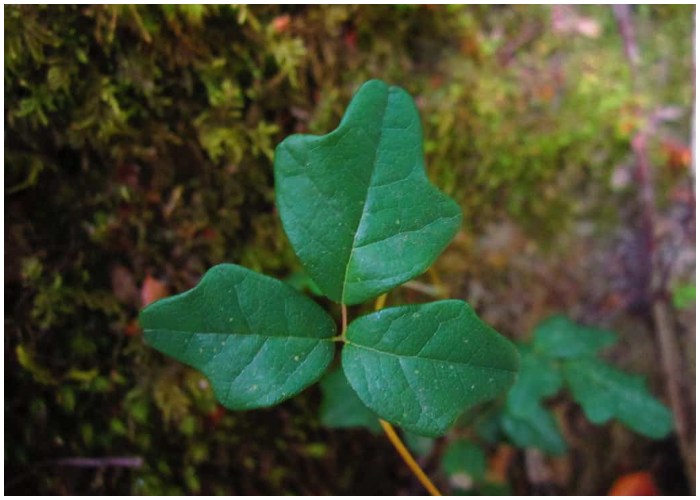A recent pilot study has reignited the debate over whether plants, specifically the chameleon vine Boquila trifoliolata, can mimic their surroundings through vision-like mechanisms. This study, which observed the vine mimicking plastic leaves, has been criticized for its methodology, potential conflicts of interest, and the implications it might hold for our understanding of plant biology. Christie Wilcox, PhD, explores these findings in depth, examining both the scientific community’s reactions and the broader biological theories they challenge. As we delve into the fascinating capabilities of Boquila trifoliolata, this discussion opens up broader questions about the sensory capacities of plants and their ability to adapt to complex environments.
The Enigmatic Boquila Trifoliolata
Boquila trifoliolata, a vine native to the Chilean rainforests, exhibits a remarkable capability to adapt its physical appearance—altering the size, shape, and color of its leaves to match those of surrounding flora. Notably first documented in the 1800s, its mimetic abilities were more comprehensively studied in 2014 by Ernesto Gianoli, who published his findings in Current Biology. Gianoli’s research highlights the vine’s ability to mimic over 20 different plant species, suggesting a sophisticated and possibly unique form of plant adaptation that might involve sensory inputs not yet fully understood by science.
The Hypothesis of Plant Vision
The concept of plant vision was propelled into the spotlight by a 2021 study conducted by Jacob White, a citizen scientist, and Felipe Yamashita, a researcher at the University of Bonn. They proposed that B. trifoliolata might have the ability to “see” its neighbors—albeit in a very rudimentary form—allowing it to effectively mimic other plants’ leaves. This hypothesis is built on earlier studies suggesting that some plants and algae possess light-sensitive cells that function similarly to eyes. Despite the innovative nature of this claim, the study drew significant criticism regarding its experimental setup and the potential bias of its conclusions, highlighting the challenges of researching and validating new scientific ideas.

Reactions and Future Directions in Plant Sensory Research
The scientific community’s response to the hypothesis of plant vision has been mixed. While some researchers commend the creativity and the willingness to explore bold ideas, others, like Linda Chalker-Scott from Washington State University, criticize the study for a lack of scientific rigor and potential author bias. This discourse underscores the broader scientific challenge of studying plant behaviors that may not conform to traditional understandings of sensory and adaptive functions. Ongoing research continues to explore the depth and breadth of plant communication and sensory capabilities, suggesting a complex, interwoven network of biological processes that govern plant interactions with their environments.
Conclusion
The question of whether plants like Boquila trifoliolata possess a form of vision remains open and highly contested. However, the ongoing debate itself enriches our understanding of plant biology, pushing the boundaries of what we consider possible within the natural world. As research continues to evolve, it may soon provide new insights into how plants interact with their surroundings, potentially transforming our understanding of ecological interactions and adaptation. This exploration not only challenges our perceptions but also highlights the intricate and often hidden capabilities of plant life, suggesting that plants may be far more perceptive than previously recognized.